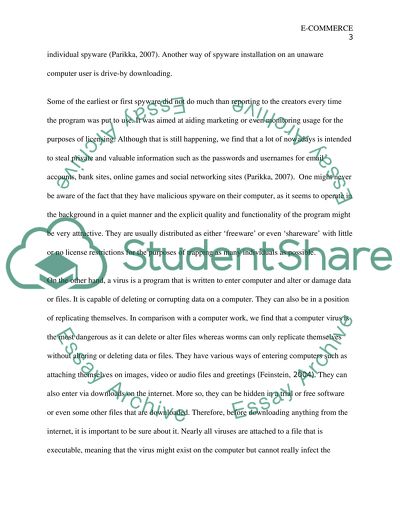Cite this document
(“Spyware and Viruses Term Paper Example | Topics and Well Written Essays - 4250 words”, n.d.)
Spyware and Viruses Term Paper Example | Topics and Well Written Essays - 4250 words. Retrieved from https://studentshare.org/e-commerce/1635939-spyware-and-viruses
Spyware and Viruses Term Paper Example | Topics and Well Written Essays - 4250 words. Retrieved from https://studentshare.org/e-commerce/1635939-spyware-and-viruses
(Spyware and Viruses Term Paper Example | Topics and Well Written Essays - 4250 Words)
Spyware and Viruses Term Paper Example | Topics and Well Written Essays - 4250 Words. https://studentshare.org/e-commerce/1635939-spyware-and-viruses.
Spyware and Viruses Term Paper Example | Topics and Well Written Essays - 4250 Words. https://studentshare.org/e-commerce/1635939-spyware-and-viruses.
“Spyware and Viruses Term Paper Example | Topics and Well Written Essays - 4250 Words”, n.d. https://studentshare.org/e-commerce/1635939-spyware-and-viruses.


